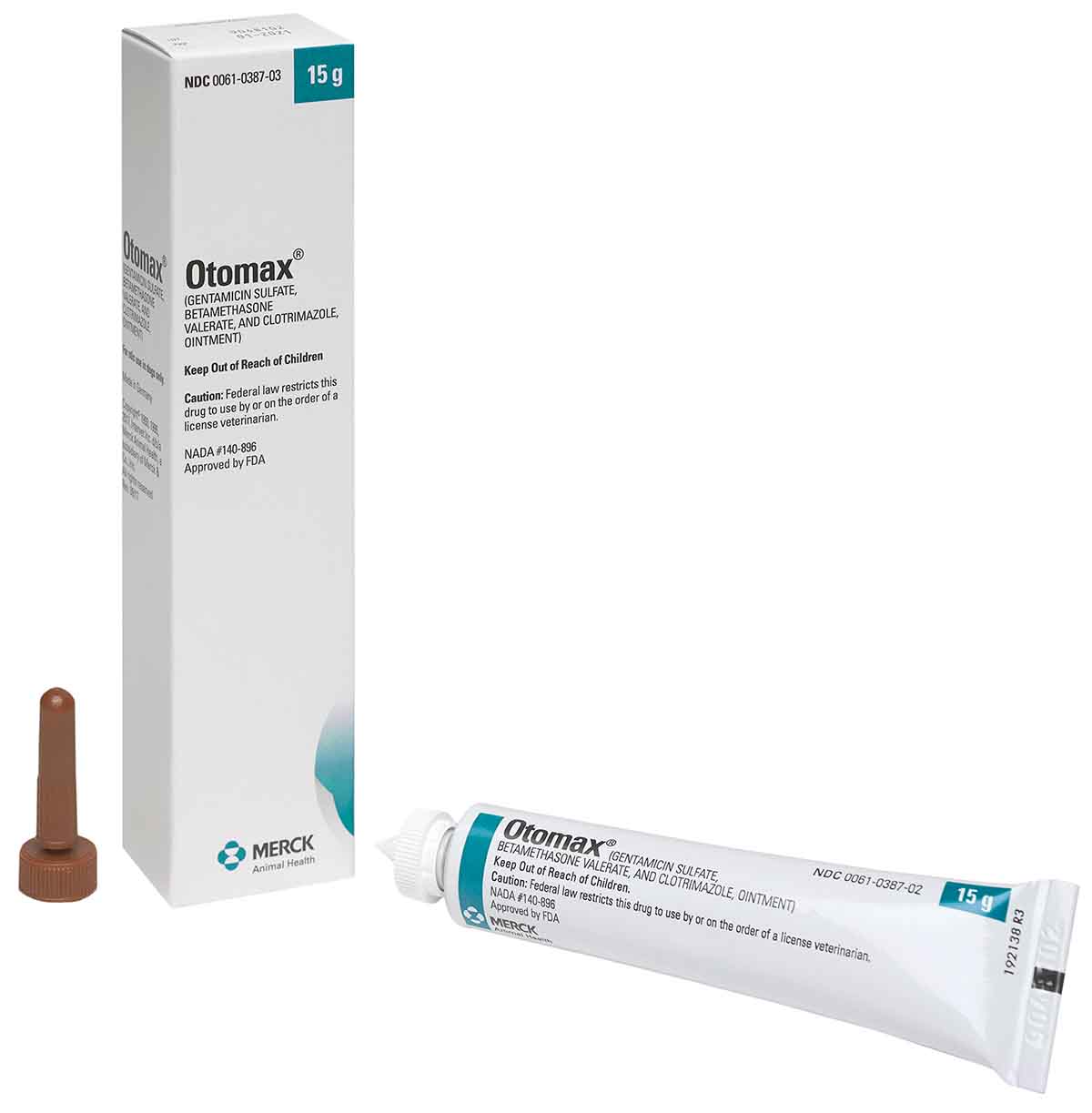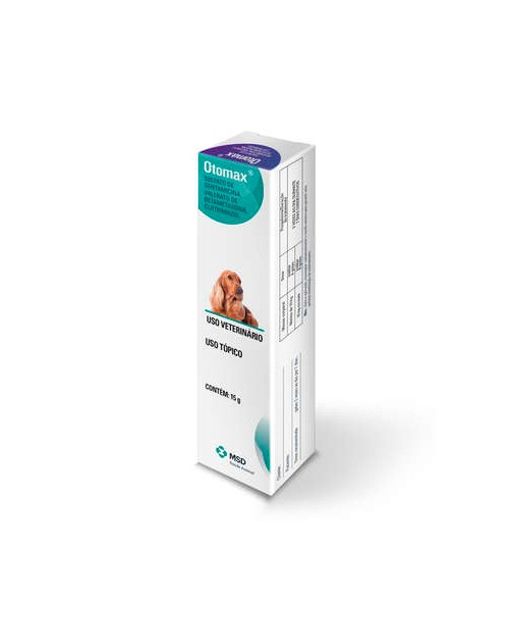
Gentamicin: Gentamicin sulfate is an aminoglycoside antibiotic active against a wide variety of pathogenic gram-negative and gram-positive bacteria. DescriptionĮach gram of OTOMAX ointment contains gentamicin sulfate, equivalent to 3 mg gentamicin base betamethasone valerate, equivalent to 1 mg betamethasone and 10 mg clotrimazole, in a mineral oil-based system containing a plasticized hydrocarbon gel. Keep this and all drugs out of the reach of children. Therapy should continue for 7 consecutive days.(GENTAMICIN SULFATE, BETAMETHASONE VALERATE AND CLOTRIMAZOLE, OINTMENT)ĬAUTION: Federal law restricts this drug to use by or on the order of a licensed veterinarian. Massage external ear canal carefully after instillation to ensure appropriate distribution of medication. Instill 8 drops from the 7.5 g and 15 g tube, and 15 g and 30 g bottle (4 drops from the 215 g bottle) twice daily into the ear canal of dogs weighing 30 lbs or more. After verifying that the eardrum is intact, instill 4 drops from the 7.5 g and 15 g tube, and 15 g and 30 g bottle (2 drops from the 215 g bottle) of OTOMAX ointment twice daily into the ear canal of dogs weighing less than 30 lbs. Excessive hair should be clipped from the treatment area. Remove foreign material, debris, crusted exudates, etc., with suitable nonirritating solutions.
Otomax skin#
Before instilling any medication into the ear, examine the external ear canal thoroughly to be certain the tympanic membrane is not ruptured in order to avoid the possibility of transmitting infection to the middle ear as well as damaging the cochlea or vestibular apparatus from prolonged contact.Ĭlotrimazole: The following have been reported occasionally in humans in connection with the use of clotrimazole: erythema, stinging, blistering, peeling, edema, pruritus, urticaria, and general irritation of the skin not present before therapy.ĭOSAGE AND ADMINISTRATION The external ear should be thoroughly cleaned and dried before treatment. In patients presently receiving or recently withdrawn from corticosteroid treatments, therapy with a rapidly-acting corticosteroid should be considered in especially stressful situations. Use of corticosteroids, depending on dose, duration, and specific steroid, may result in endogenous steroid production inhibition following drug withdrawal. Prolonged use or overdosage may produce adverse immunosuppressive effects.

Patients should be closely observed for the usual signs of adrenocorticoid overdosage which include sodium retention, potassium loss, fluid retention, weight gain, polydipsia, and/or polyuria. Adverse systemic reactions have been observed following the oral ingestion of some topical corticosteroid preparations. If overgrowth of nonsusceptible bacteria, fungi, or yeasts occur, or if hypersensitivity develops, treatment should be discontinued and appropriate therapy instituted.Īdministration of recommended doses of OTOMAX ointment beyond 7 days may result in delayed wound healing. Antibiotic susceptibility of the pathogenic organism(s) should be determined prior to use of this preparation.

PRECAUTIONS Identification of infecting organisms should be made either by microscopic roll smear evaluation or by culture as appropriate. These events began rapidly and extensively after addition of the drug.Ĭlotrimazole is very poorly absorbed following dermal application. In studies of the mechanism of action, the minimum fungicidal concentration of clotrimazole caused leakage of intra-cellular phosphorus compounds into the ambient medium with concomitant breakdown of cellular nucleic acids and accelerated potassium efflux. In an induced otitis externa infected with Malassezia pachydermatis, 1% clotrimazole in the OTOMAX vehicle was effective both microbiologically and clinically in terms of reduction of exudate, odor, and swelling. Resistance to clotrimazole is very rare among the fungi that cause superficial mycoses. In vitro, clotrimazole exhibits fungistatic and fungicidal activity against isolates of Trichophyton rubrum, Trichophyton mentagrophytes, Epidermophyton floccosum, Microsporum canis, Candida spp., and Malassezia pachydermatis ( Pityrosporum canis). The primary action of clotrimazole is against dividing and growing organisms. Clotrimazole: Clotrimazole is a broad-spectrum antifungal agent that is used for the treatment of dermal infections caused by various species of pathogenic dermatophytes and yeasts.


 0 kommentar(er)
0 kommentar(er)
